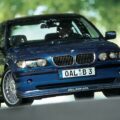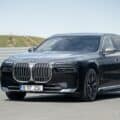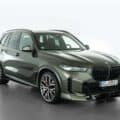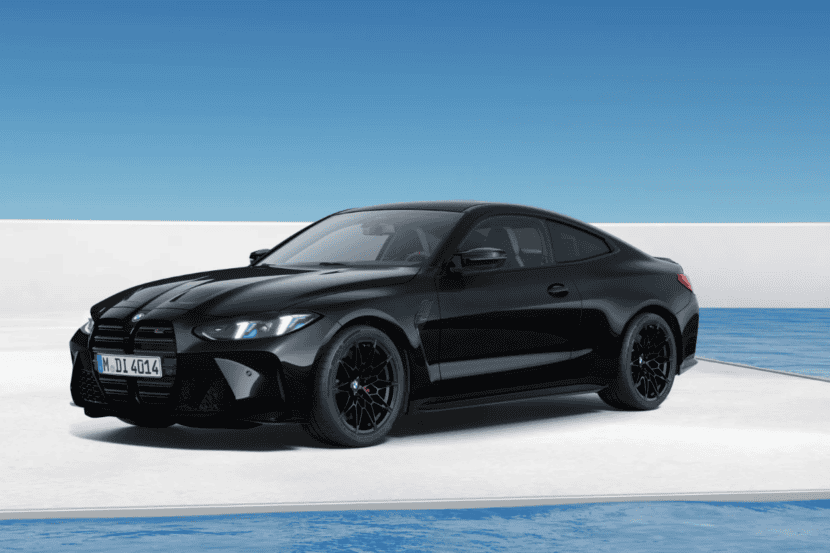If you’re worrying about hybrid cars, electric cars and autonomy ruining your dream of owning an expensive sports car in the future, worry not. The sports car will not die when electrification takes over. The BMW i8 and Acura NSX are perfect proof of that. Carfection recently put both around a track to see which is best.
We already know quite a lot about the i8, having written about it and reviewed it numerous times since it debuted a couple of years ago. Its chassis is a carbon tub, much like you’d get in a McLaren P1 or a Formula 1 car, so it’s a single carbon fiber monocoque. This makes it incredible rigid and incredibly light, far more so than any conventional chassis can be, regardless of whatever lightweight materials are used. Mounted in between the axles is a 1.5 liter turbocharged three-cylinder engine. That might sound small for a mid-engine supercar, but then it’s mated to an electric motor, which together helps develop 228 hp and 236 lb-ft of torque, that helps it drive the rear wheels through a six-speed automatic gearbox.

You might still be thinking that 228 hp is very little for a supercar. Well, to add to that power, and drive the front wheels giving the i8 rear-time torque vectoring all-wheel drive, is another electric motor that makes 129 hp and 184 lb-ft. All in all, the BMW i8 develops a combined 357 hp and 420 lb-ft of torque. While those numbers are good for your average sports car, they aren’t stellar when compared to other supercars. However, in a car that only weighs around 3,400 lbs and whose torque is mostly electric, the BMW i8 can get from 0-60 mph in just 4.0 seconds (per Car and Driver). That’s manual Porsche 911 Carrera S speed in a three-cylinder hybrid. Not too shabby.
But the BMW i8 isn’t the only car that combines hybrid technology and speed. The all-new Acura NSX packs a similar setup, albeit with far more power, giving the i8 some stiff competition. The NSX packs much more firepower than the i8. Instead of a turbo three-banger, the NSX uses a twin-turbocharged 3.5 liter V6 that makes 500 hp and 406 lb-ft of torque. That engine is also mated to an electric motor, though a small 47 hp one, and combines to send power through a nine-speed dual-clutch automatic.

At the front, two different 36 hp electric motors power either wheel, for the most accurate torque vectoring all-wheel drive possible. Total system power, through the weird maths of combine engine and electric power, is 573 and 476 lb-ft of torque. So the NSX can get from 0-60 mph in 3.1 seconds (per C&D). Why is it so much more powerful yet not much faster? Weight. The NSX weighs almost 3,900 lbs, thanks to its more conventional chassis setup, bigger engine and extra electric motor. It’s still stonking fast, though.
In terms of handling and performance, the NSX is the faster car around a track, too. While the BMW i8 isn’t bad by any stretch of the imagination, it’s actually quite good, it just isn’t designed to be a track car, while the NSX is. The BMW i8 is meant to be a fast, fun sports car that can also be incredibly economical. It’s an objective BMW couldn’t have hit any better. The NSX is meant to bomb around a race track as fast as its Italian, German and British supercar rivals and it’s also a goal Acura nailed.
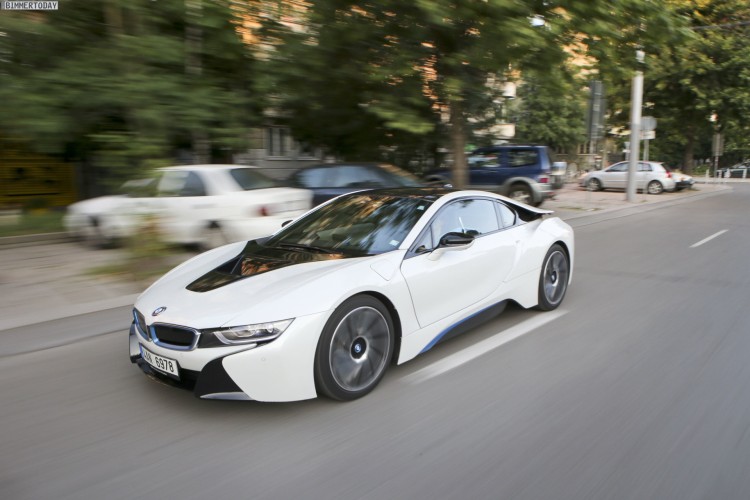
Which one is better? I guess that really depends on what you want from a car. Alex from Carfection doesn’t name an outright winner, but does prefer the NSX to drive. Having not yet had the opportunity to drive the NSX, we can’t say which we’d choose. But it’d be tough to pass up on the BMW i8’s wonderful blend of style, carbon fiber chassis and brilliant little three-cylinder.










